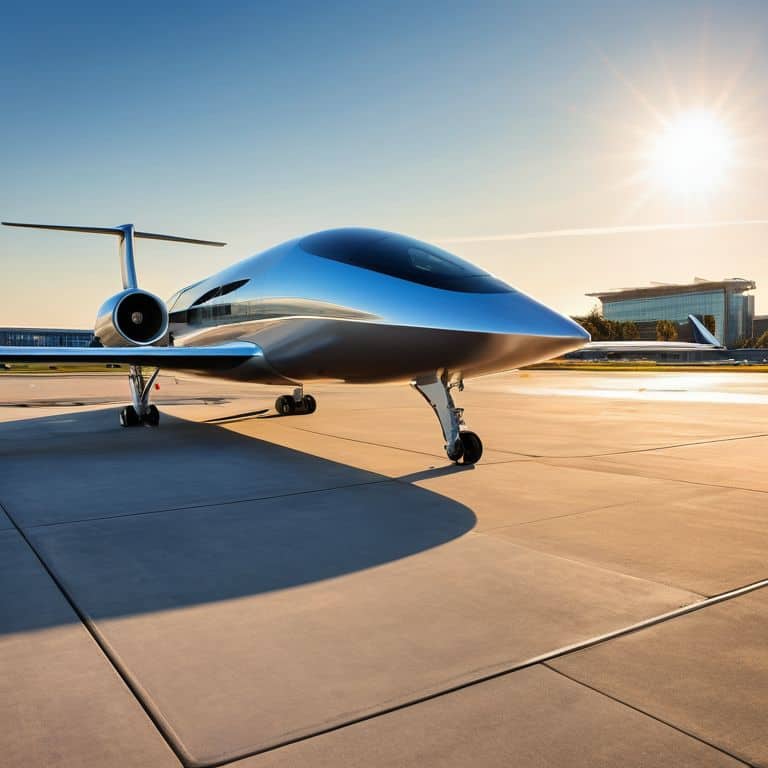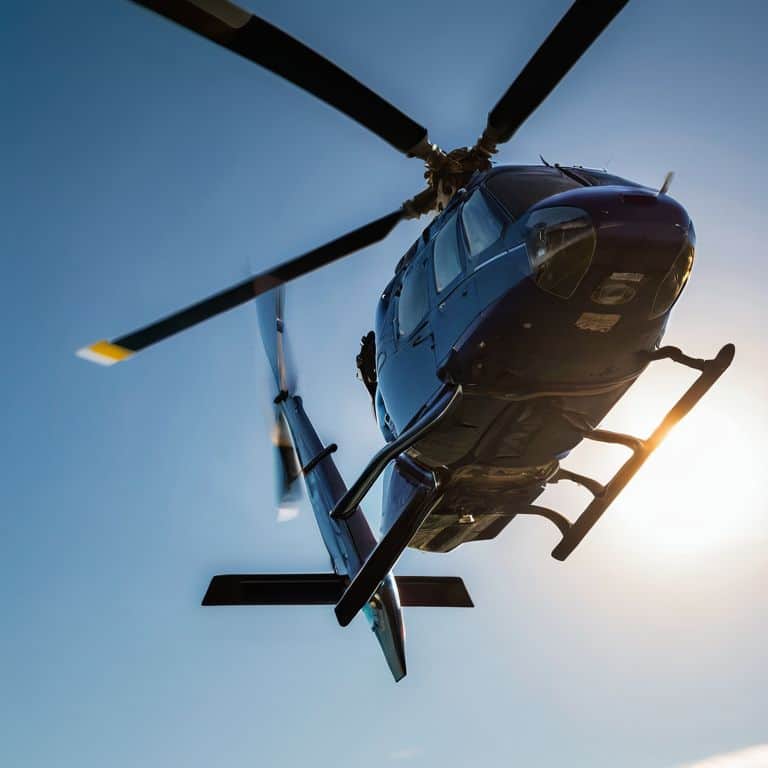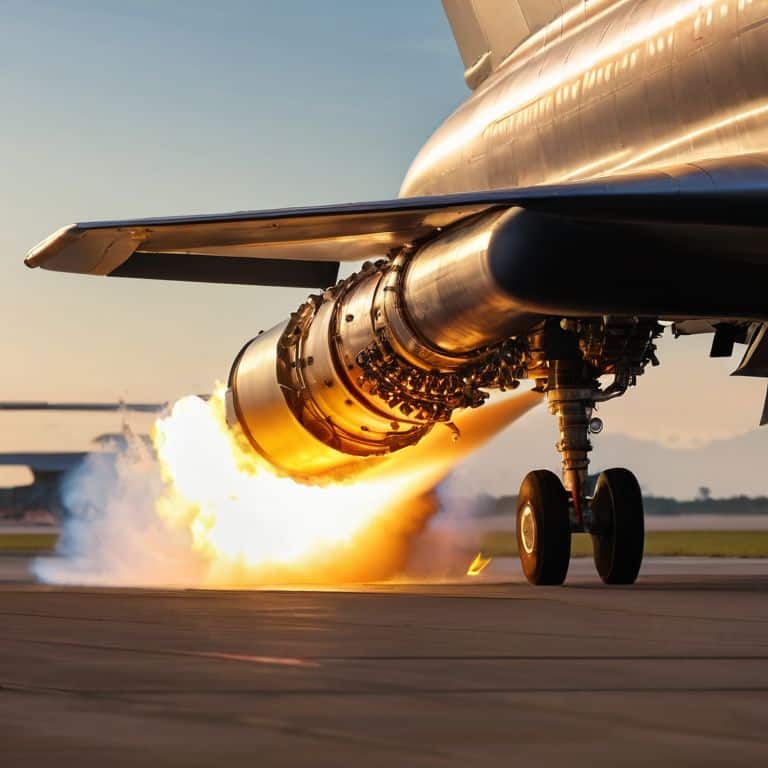As I sit in my workshop, surrounded by the remnants of my latest RC aircraft project, I often find myself pondering the future of aircraft design. It’s a topic that’s near and dear to my heart, and one that I believe has been overly complicated by hype and misinformation. I’ve spent my career designing aircraft, and I’ve seen firsthand how the pursuit of innovation can sometimes lead to unnecessary complexity. It’s time to cut through the noise and get back to the basics of what makes flight possible.
In this article, I promise to share my honest, experience-based insights on the future of aircraft design. I’ll be focusing on the practical applications of emerging technologies, rather than just speculating about their potential. My goal is to provide you with a clear understanding of the challenges and opportunities that lie ahead, and to inspire you to think critically about the role that aircraft design will play in shaping our world. By the end of this journey, you’ll have a deeper appreciation for the science of flight and a better understanding of what it takes to create truly innovative aircraft designs.
Table of Contents
Redesigning Skies
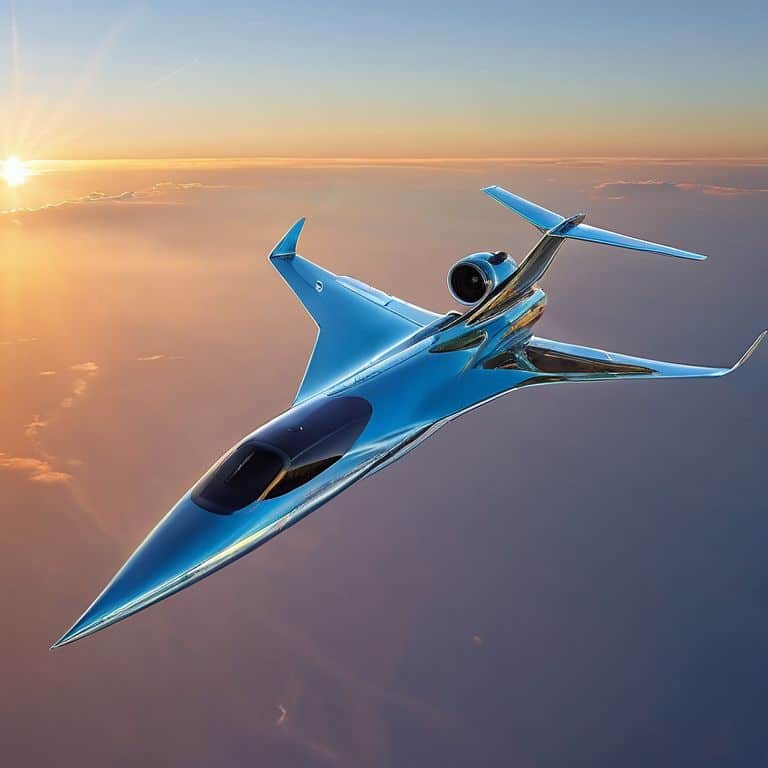
As I delve into the world of advanced aerodynamics in aircraft, I’m constantly amazed by the potential for innovation. By leveraging cutting-edge materials and designs, we can significantly reduce drag and increase fuel efficiency. This, in turn, will have a profound impact on the sustainability of air travel, making it a more environmentally friendly option for generations to come.
One of the most exciting developments in this field is the use of sustainable materials for aviation. By incorporating eco-friendly materials into aircraft design, we can reduce waste and minimize the environmental footprint of air travel. Additionally, the integration of electric propulsion systems is poised to revolutionize the way we think about flight. With the potential for reduced emissions and increased efficiency, these systems are an exciting step forward in the pursuit of green aviation initiatives.
As we continue to push the boundaries of what’s possible, innovative cabin design concepts are emerging that prioritize both form and function. By reimagining the interior of aircraft, we can create a more comfortable and enjoyable experience for passengers while also optimizing space and reducing weight. This synergy of style and substance is a testament to the power of human ingenuity and the bright future that awaits the aviation industry.
Sustainable Materials Take Flight
As I delve into the realm of sustainable materials, I’m excited to explore how they’re transforming the aircraft industry. The use of composite materials has been a game-changer, enabling the creation of lighter, stronger, and more fuel-efficient planes. This, in turn, reduces carbon emissions and operating costs, making air travel more environmentally friendly.
The integration of bioplastics in aircraft design is another significant development. Derived from renewable biomass sources, these materials offer a more sustainable alternative to traditional plastics. By incorporating bioplastics into their designs, manufacturers can reduce their reliance on fossil fuels and minimize waste, ultimately contributing to a more eco-friendly flying experience.
Unlocking Advanced Aerodynamics
As I delve into the world of advanced aerodynamics, I’m reminded of the fundamental principles that govern flight. The shape of an aircraft’s wing, the curvature of its fuselage, and the angle of its tail all play a crucial role in determining its overall performance. By carefully crafting these elements, engineers can create aircraft that are not only more efficient but also more agile and responsive.
The key to unlocking these advances lies in our ability to simulate complex airflow patterns. By leveraging powerful computational tools and wind tunnel testing, we can refine our designs to perfection, squeezing out every last bit of performance from the aircraft.
Future of Aircraft Design
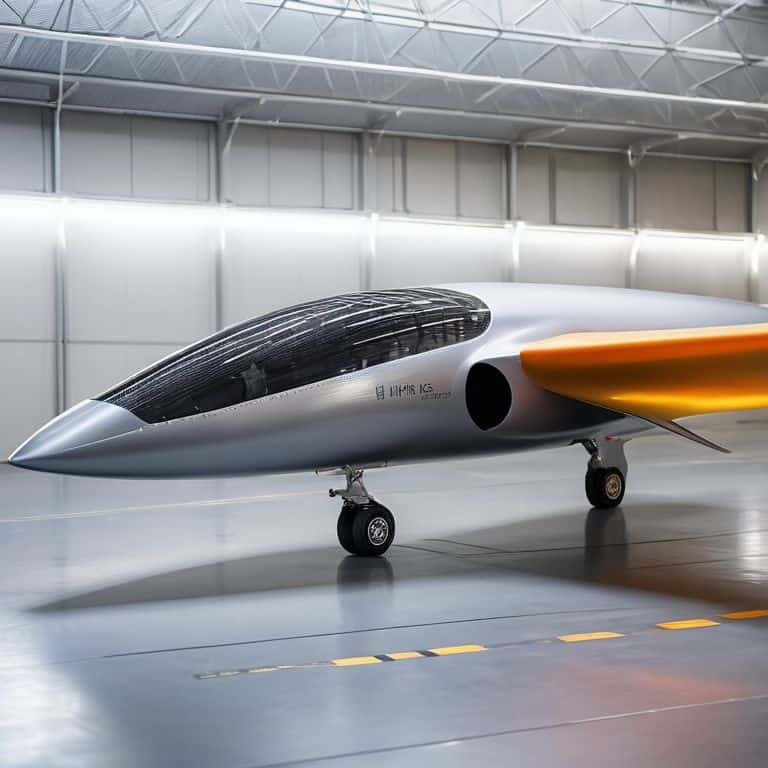
As I delve into the advanced aerodynamics in aircraft, I’m reminded of the countless hours I’ve spent in the wind tunnel, fine-tuning designs to squeeze out every last bit of efficiency. It’s this pursuit of perfection that drives innovation in our field. The use of sustainable materials for aviation is another area where we’re seeing significant breakthroughs, from lightweight composites to recycled plastics. These advancements not only reduce our environmental footprint but also enable the creation of more complex, high-performance structures.
One of the most exciting developments on the horizon is the integration of electric propulsion systems into commercial aircraft. This technology has the potential to revolutionize the way we think about air travel, making it cleaner, quieter, and more efficient. As an engineer, I’m eager to see how these systems will be implemented and what impact they’ll have on the overall design of the aircraft. The possibilities for innovative cabin design concepts are endless, from reconfigured seating arrangements to entirely new types of in-flight entertainment.
As we move forward, it’s clear that green aviation initiatives will play a major role in shaping the industry. From more efficient engines to advanced aerodynamic designs, every aspect of aircraft development is being reexamined with an eye towards sustainability. As someone who’s passionate about the science of flight, I find it thrilling to think about the possibilities that lie ahead. The future of air travel is going to be shaped by some truly groundbreaking technologies, and I feel privileged to be a part of it.
Electric Propulsion Systems Soar
As I delve into the realm of electric propulsion systems, I’m excited to share the breakthroughs that are redefining the skies. The integration of electric motors is not only reducing emissions but also increasing efficiency. This shift is pivotal in the aerospace industry, and I’ve had the chance to work on projects that showcase the potential of electric propulsion.
The future of flight is being shaped by advanced battery technology, which is enabling the creation of more powerful and reliable electric propulsion systems. This, in turn, is opening up new possibilities for aircraft design, from increased range to enhanced maneuverability, and I’m eager to see how these innovations will transform the industry.
Innovative Cabin Designs Unveiled
As I delve into the advancements in cabin design, I’m excited to share how modular architectures are revolutionizing the interior of aircraft. This innovative approach allows for greater flexibility and customization, enabling airlines to tailor their cabins to specific routes and passenger needs. By adopting modular designs, airlines can also reduce maintenance costs and increase efficiency.
The use of advanced materials is another key factor in the development of innovative cabin designs. These materials are not only lighter and stronger but also provide improved thermal and acoustic insulation, enhancing the overall passenger experience. By integrating such materials into their designs, aircraft manufacturers can create more comfortable and sustainable cabins that meet the evolving needs of passengers.
Designing Tomorrow's Skies: 5 Key Tips for the Future of Aircraft Design
- Embrace the Power of Computational Fluid Dynamics to Optimize Aerodynamic Performance
- Leverage Advanced Materials and 3D Printing to Create Lightweight yet Stronger Aircraft Structures
- Integrate Electric and Hybrid-Electric Propulsion Systems for More Efficient and Sustainable Flight
- Prioritize Modular Cabin Designs for Enhanced Passenger Experience and Reduced Maintenance Costs
- Apply Artificial Intelligence and Machine Learning to Predictive Maintenance and Real-Time Flight Optimization for Improved Safety and Efficiency
Key Takeaways for the Future of Flight
I’ve identified that advances in aerodynamics and materials science will revolutionize aircraft design, making flights safer, more efficient, and environmentally friendly
Electric propulsion systems and innovative cabin designs are poised to transform the passenger experience, offering unprecedented levels of comfort and sustainability
By embracing these cutting-edge technologies, the aviation industry can unlock a new era of performance, efficiency, and wonder, inspiring future generations of engineers and passengers alike
Shaping the Skies of Tomorrow
The future of aircraft design isn’t just about evolving technology; it’s about revolutionizing the very fabric of flight itself, where every innovation, every material, and every design element converges to create a safer, more efficient, and more awe-inspiring experience for all who take to the skies.
Simon Foster
Unlocking the Future of Flight
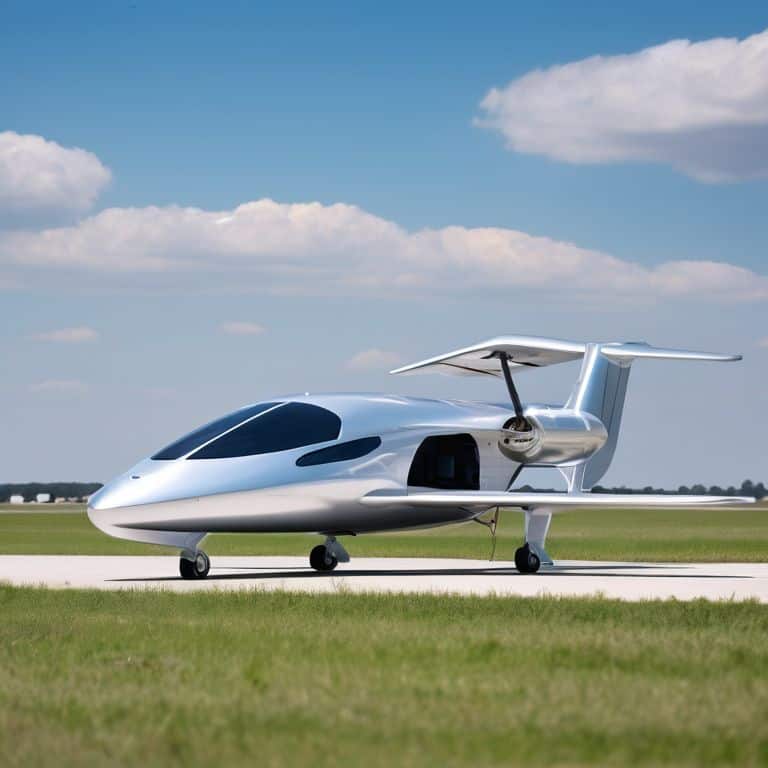
As we’ve explored the future of aircraft design, from redesigning skies with advanced aerodynamics to incorporating sustainable materials, it’s clear that the industry is on the cusp of a revolution. The integration of electric propulsion systems and innovative cabin designs will not only make air travel more efficient but also significantly reduce our carbon footprint. By embracing these cutting-edge technologies, we’re not just building better planes; we’re creating a safer, more sustainable future for generations to come.
As we stand at the threshold of this new era in aviation, it’s exhilarating to think about the boundless possibilities that lie ahead. The future of flight is not just about machines; it’s about the dreams they enable, the connections they foster, and the wonders they inspire. So, let’s continue to push the envelope, to innovate, and to never lose sight of the magic that happens when human ingenuity meets the sky, because in the end, it’s not just about the destination – it’s about the journey to excellence.
Frequently Asked Questions
How will advances in electric propulsion systems impact the overall efficiency and range of commercial aircraft?
Advances in electric propulsion systems will significantly boost efficiency and range. By reducing weight and increasing motor efficiency, electric systems can lead to substantial fuel savings, potentially increasing range by up to 20% while lowering emissions, making commercial air travel more sustainable and environmentally friendly.
What role will artificial intelligence and machine learning play in optimizing aircraft design and operation in the future?
As an aerospace engineer, I’m excited about AI and machine learning’s potential to optimize aircraft design and operation. These technologies can analyze vast amounts of data to improve aerodynamics, predict maintenance needs, and enhance safety protocols, making flight even more efficient and reliable.
Will the increased use of sustainable materials in aircraft construction compromise their safety and durability?
Not necessarily; advancements in composite materials have led to stronger, lighter designs that can enhance safety while reducing environmental impact. In fact, many sustainable materials are being engineered to exceed the durability of traditional ones, making them a promising step forward in aircraft construction.
